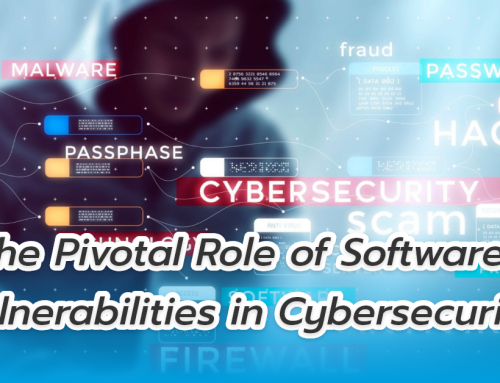Common Threats to ERP Systems
Enterprise Resource Planning (ERP) systems are the backbone of many organizations, integrating various business processes such as finance, human resources, manufacturing, supply chain, and more. However, these critical systems are increasingly becoming targets for cyber threats. Understanding these threats is essential for organizations to protect their ERP investments. Below are some of the most common threats to ERP systems.
- Phishing Attacks
Phishing remains one of the most prevalent cyber threats. Attackers use deceptive emails to trick users into revealing sensitive information such as usernames, passwords, and other personal details. Once an attacker gains access to an ERP system through phishing, they can steal data, disrupt operations, or cause financial loss.
- Ransomware
Ransomware is a type of malware that encrypts data and demands payment for the decryption key. An ERP system infected with ransomware can bring business operations to a halt, leading to significant downtime and financial losses. The impact can be particularly severe for organizations that rely heavily on ERP systems for day-to-day operations.
- Insider Threats
Insider threats come from employees or contractors who have access to the ERP system. These threats can be intentional, such as when a disgruntled employee leaks sensitive information, or unintentional, such as when an employee inadvertently introduces malware into the system. Insider threats are challenging to detect and can cause substantial harm to an organization.
- Data Breaches
Data breaches involve unauthorized access to confidential information stored in the ERP system. Attackers may exploit vulnerabilities in the system or use stolen credentials to access sensitive data. Data breaches can lead to the loss of intellectual property, financial information, and personal data, resulting in legal repercussions and damage to the organization’s reputation.
- Weak Authentication
Weak authentication mechanisms make it easier for attackers to gain unauthorized access to ERP systems. Using weak passwords, not implementing multi-factor authentication (MFA), and failing to regularly update authentication protocols can all contribute to this vulnerability. Strengthening authentication methods is critical to preventing unauthorized access.
- Inadequate Patch Management
ERP systems, like any other software, require regular updates and patches to fix security vulnerabilities. Failure to keep the ERP system up to date can leave it exposed to known exploits. Effective patch management is crucial to protect the system from cyberattacks that take advantage of these vulnerabilities.
- SQL Injection
SQL injection is a code injection technique that attackers use to execute malicious SQL statements. These statements can manipulate the database, retrieve sensitive information, and even alter or delete data. ERP systems that do not adequately validate and sanitize user inputs are particularly vulnerable to SQL injection attacks.
- Denial of Service (DoS) Attacks
DoS attacks aim to make the ERP system unavailable to users by overwhelming it with a flood of requests. This can cause significant disruption to business operations, especially if the ERP system is essential for daily tasks. Organizations need robust network security measures to mitigate the risk of DoS attacks.
- Third-Party Vulnerabilities
Many ERP systems integrate with third-party applications and services. Vulnerabilities in these third-party components can be exploited to compromise the entire ERP system. It’s essential to ensure that third-party integrations are secure and regularly updated to prevent such exploits.
- Configuration Errors
Incorrectly configured ERP systems can inadvertently create security gaps. Configuration errors may include improper access controls, unencrypted sensitive data, and exposed administrative interfaces. Regular security audits and adherence to best practices in system configuration can help mitigate this risk.
Conclusion
ERP systems are critical assets for organizations, and protecting them from cyber threats is of utmost importance. By understanding common threats such as phishing, ransomware, insider threats, and more, organizations can take proactive measures to safeguard their ERP systems. Implementing strong security practices, such as robust authentication, effective patch management, and regular security audits, can help mitigate these risks and ensure the integrity and availability of ERP systems.
For those of you who want to make an E-Commerce app, a shopping app or a Delivery app, we recommend SC-Spark Solution, an app making company. experienced With direct experience from Silicon Valley, being a company that develops more than 100 applications around the world, both custom and ready-made for you to choose from. If anyone is interested in making mobile applications or websites, you can contact here
Contact us at
Facebook : SC-Spark Solution บริการทำแอปพลิเคชั่น
“Nothing is impossible”







